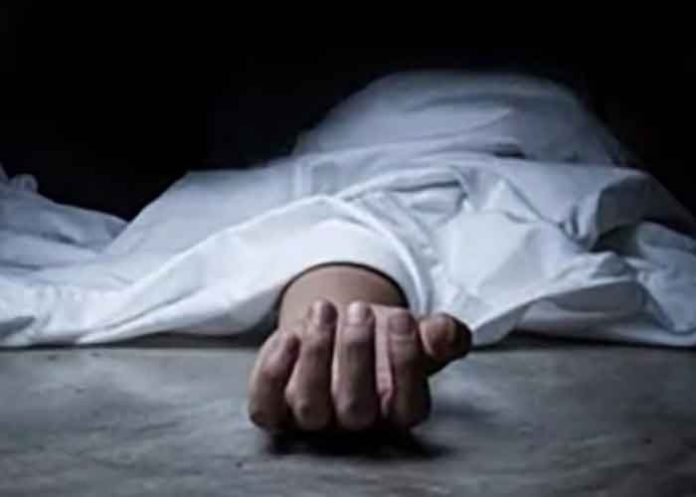
IN the Miss Universe beauty pageant, it’s called the Top 12. In music talent competitions like American Idol, it’s “the semifinals.” In corporate circles, it’s called “shortlisting.
” In sports tournaments, it’s the Final Four. The Final Four is when the going gets tough and the tough get going. The last four teams come out swinging and hope that their best is good enough.
This is what sports fans refer to as “the exciting part.” Marked by intense action where players of all four teams bring their A Game, the results of this elite competition is highly unpredictable. No matter if a team swept or dominated the elimination round, past glory is wiped clean off every team’s slate.
In the same manner, the “weaker” teams that may have squeaked through to enter the Final Four get the chance to gain the upper hand if they can beat the two top-seeded teams twice. Anything goes in the Final Four. Right now is Final Four season in the men’s basketball tournaments of the National Collegiate Athletic Association (NCAA) and the University Athletic Association of the Philippines (UAAP).
NCAA Season 100’s Final Four competitions start this weekend, November 23, with Mapua University and De La Salle-College of Saint Benilde as first and second seeds, respectively. San Beda University and host school Lyceum of the Philippines are third and fourth, respectively. That means the Lyceum Pirates have to beat the Mapua Cardinals twice to get a coveted finals appearance.
The Red Lions have to do the same to the Blazers if they want to repeat their magical championship run last year. The UAAP is yet to begin its Final Four tussles in the first week of December, right after the Cheerdance Competition that happens on December 1. As of the moment, only three teams—the De La Salle University Green Archers, University of the Philippines Fighting Maroons and University of Santo Tomas Growling Tigers—are already in the Final Four.
The identity of the fourth seed is still a mystery, depending on the performance of the University of the East Red Warriors at the time of writing against the University of the Philippines (UP) Fighting Maroons. If the Red Warriors win, they automatically take fourth seed. If they lose, they’ll have to slug it out with the Adamson Soaring Falcons in a playoff game, and whoever wins that becomes No.
4. In terms of Final Four appearances, some teams are more prone to make it than others. In the NCAA, the San Beda Red Lions have been there most often with 20 Final Four appearances followed by Colegio de San Juan De Letran with 18.
The San Sebastian Stags are next with 15, followed by Jose Rizal University with 13, Mapua, 12; University of Perpetual Help System Dalta, 10; College of Saint Benilde, 5; Lyceum University, 5; Philippine Christian University, 4; and Arellano University, 2. Of these NCAA teams the most successful team to go beyond the Final Four is San Beda, with 23 seniors’ championships (and another 23 for its juniors team). The Letran Knights come next with 20 titles.
No wonder the battles between Knights and Lions are so intense. In the UAAP, Ateneo de Manila has the most Final Four appearances at 23, followed by De La Salle University and Far Eastern University with 22 apiece. University of Santo Tomas follows with 16 Final Four appearances, followed by University of the East with 12.
Adamson University, National University and the University of the Philippines have seven Final Four appearances each. Championship titles-wise, the FEU Tamaraws and the UST Growling Tigers are dead even with 20 basketball championships in their respective trophy rooms. Actually, the Final Four eras of both leagues are just pretty recent developments in their long, joint histories.
The UAAP, established in 1938 as a breakaway league from the NCAA, started instituting Final Four playoffs in Season 56 (1993-94). Prior to that, any team that sweeps the eliminations is declared champion—which is what happened in 1993 to UST, which became automatic champion as a result of the sweep, per then existing rules. After that, the UAAP—advised by its then broadcaster and marketing arm, Silverstar Communications—decided to make things more exciting by adding the Final Four feature effective the following season.
As for the NCAA (established in 1924), its Final Four era began only in 1997. Following the example set by the UAAP, the older league discarded the split season format it had been using for 73 years. Thanks to the Final Four, things have become more exciting in collegiate basketball indeed.
Next question: which four teams—in both NCAA and the UAAP—will conquer the Final Four and come even closer to their Dream by playing in the Finals? Tessa Jazmines is one of the first women sportswriters in the country who ventured into the then still exclusively male profession in the 70’s. She joined the Business Mirror in August 2006 and writes about various sports and their nuances. A journalism graduate with a masters in communication from the University of the Philippines College of Mass Communication, she teaches public relations and sports writing, also at UP, and runs her own PR company, Larc&Asset PR.
.













